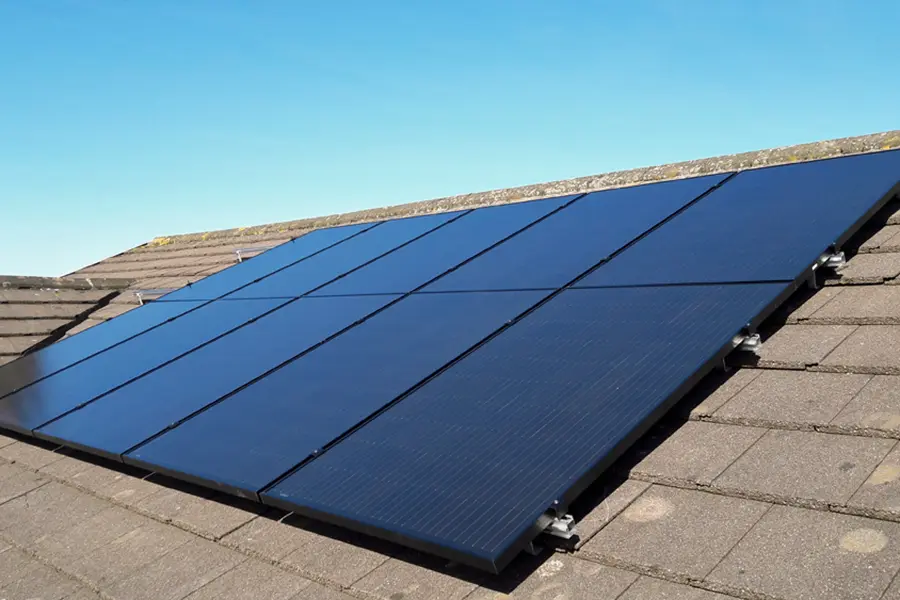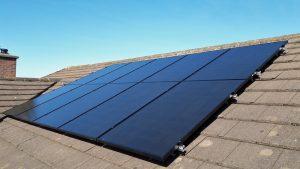Solar panels continue to generate clean, renewable electricity even on gloomy days. This is good news, considering few places in the world enjoy dazzling sunshine all year round. But how do solar panels work when it’s cloudy, what effect does this have on generation, and how do we build solar projects to make them as efficient as possible?
Daylight vs sunlight
Most of us long for sunshine all year round. But, in many parts of the world, overcast days and dark grey storm clouds are typical for much of autumn, winter and even spring.
In countries with these kinds of climates, this fact of nature has raised questions about the feasibility of solar power renewable electricity generation. But, while clear skies are preferable, solar can produce plenty of electricity on cloudy days as well.
Solar photovoltaic (PV) panels rely on daylight, rather than direct sunlight or heat. Even on the stormiest, cloudiest days, we can still see our surroundings, because rays of light from the sun are able to penetrate the clouds and reach us on the ground. That same light is absorbed by solar panels and converted into electricity, which powers people’s homes directly or, in our case, is fed into electrical grids.
So, as long as the sun comes up, panels will generate electricity!
Read more: lightsourcebp
We are MCS Certified Solar Panel Installers. See more information on Solar Panels.
Click for more information on Battery Storage.
For more information on Solar Panels and Battery Systems contact Tanjent Energy.






